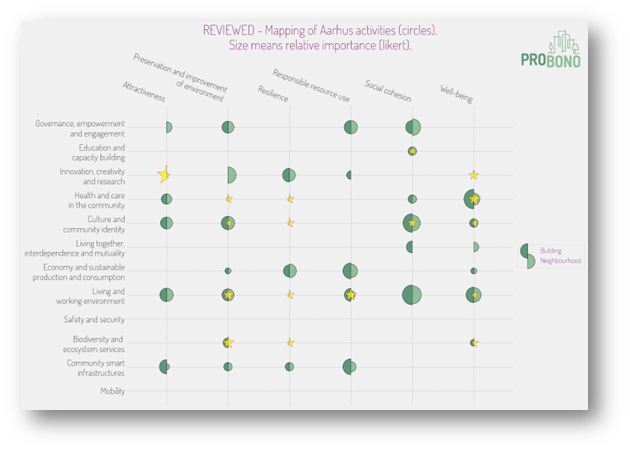Why should we care about Jim Ryan?
- salimaismayilzada
- Feb 23, 2023
- 3 min read
While the goal of the green transition is clear, as with most processes, the hardest question is: where do we start? In practice, the implementation of green transition initiatives often starts with the development of technical solutions isolated from the actual settings in which these are to be implemented. There are many practical implications to this, which can determine the success or failure of the green transition.
In this article we share a story we have encountered as social scientists of Smart Innovation Norway in the H2020 project, PROBONO. It illustrates perfectly, how the consideration of practicalities and the social perspective is vital to the success of any project.

One of the six Living Labs that participate in the PROBONO project is situated in Dun Laoghaire-Rathdown, a picturesque town at the outskirts of Dublin. During a site visit there we had the pleasure of meeting several engaged and committed colleagues and representatives of the buildings that will be renovated as part of the project, among them Jim Ryan, Social Housing manager. Jim oversees the maintenance of the social housing units in Dun Laoghaire. Part of his responsibilities is to ensure that the nearly 5000 units are energy efficiency renovated. This means he has a difficult balance of tenant comfort, creative architectural solutions, technological innovations, and maintenance issues to manage.
As the social housing units are public property, they are the subject of several research and innovation projects, resulting in the implementation of a variety of tech solutions. One of these is the application of solar paint, also known as photovoltaic paint. The paint has the appearance of any regular brand of wall paint, but it can capture sunlight and turn it into energy. As brilliant as this solution is, there is one often forgotten but crucial element to its success: collaboration with the tenants. Consideration of the user perspective, or lack thereof, obviously led to problems, such as tenants hanging pictures on their wall, blocking its function, or even painting over it when they wished to change the colour. Something which from their perspective makes a lot of sense, after all it is their home. This provides a clear example of why taking the social element into account is essential when talking about technological solutions in the green transition, or indeed in any field.

With the installation of sustainable solutions, such as PV panels on the social housing units, came another unforeseen problem: the maintenance of the new technology, which the staff were not prepared for. They do not have the technological know-how, nor the resources to manage the extra workload. This leads not only to problems with the equipment, but also the dissatisfaction of the staff. Back to the question we posed at the beginning: Why should we care about Jim Ryan? Because he is a gatekeeper to the green transition. The hassle and frustrations that the installation of green technologies bring to his department has in fact caused them to discuss to reject new innovation projects. Addressing the concerns and responsibilities of Jim Ryan is key to ensuring successful implementation and social acceptance of green technologies.
These anecdotes summarise quite well what our social innovation team is working on at SIN. We are suggesting that neither interfering with technological advancement, nor a complete mindset change, would result in the desired outcome. Instead, we propose assessing the relevant social barriers and drivers related to the given technological solution by engaging end-users already in the development and implementation of the much needed technologies. The expected output of our current work in PROBONO is recommendations for how to improve these situations by approaching them from the social perspective, making sure the end users of these solutions are on board and engaged. They are the ones we are building the solutions for, after all.




Comments